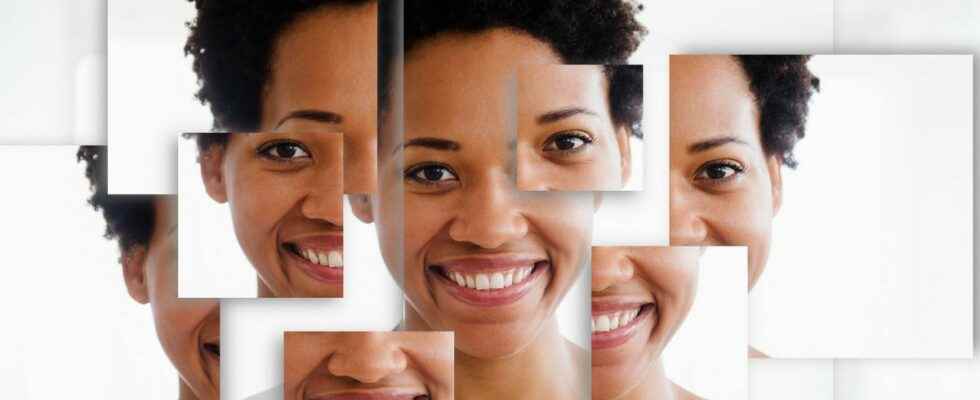Published on
Updated
Reading 2 mins.
Super-recognizers are people who never forget a face. They are able, at a glance, to recognize a childhood friend, for example. They are estimated to represent about 2% of the population. But how does their memory work? A team of researchers took an interest in the subject, their conclusions are published in the journal Psychological Science.
Often asked by the police to identify suspects, those who are called “super-recognizers” are in fact people who have the ability to never forget a face, even after having seen it only once.
Focus on the entire face
Until now, this “super power” was misunderstood. Scientists believed that such people have the ability to somehow “photograph” the face and remember it. In reality, the process is slightly different.
To understand how they work, a team of Australian psychologists studied a panel of 37 adult super-recognizers by comparing it to 68 ordinary people. They subjected them all to viewing faces through apertures of varying sizes.
The scientists then measured the gaze position of the volunteers as they observed these unfamiliar faces.
A breakdown of information
Result: Super-recognizers show higher recognition accuracy for all aperture sizes. This means that they don’t “photograph” the whole face, but rather make more fixations of faces, focusing less on the eye area, as ordinary people usually do. They distribute their gaze more evenly than typical viewers, thus extracting more information from other facial features.
Thousands of small images
This therefore suggests that when super-recognizers see a face, they split it into small images and store these different pieces of information as composite images.
For Dr. James Dunn, lead author of the study, explains that these people are “still able to recognize faces better than others, even when they can only see smaller regions at a time. This suggests that they can piece together an overall impression from small pieces, rather than from an overall impression taken at a single glance.”.
Good in your body, good in your head!
A life-size test
The co-author of this work, Dr Sébastien Miellet, approves of this observation and adds: “the advantage of super-recognition is their ability to pick up highly distinctive visual information and put all the pieces of a face together like a puzzle, quickly and accurately.”.
For the researchers, the next stage of their work will be life-size. “We will equip some typical super-recognizers and viewers with a handheld eye tracker and release them into the streets to observe, not in the lab but in real life, how they interact with the world.” they conclude.
